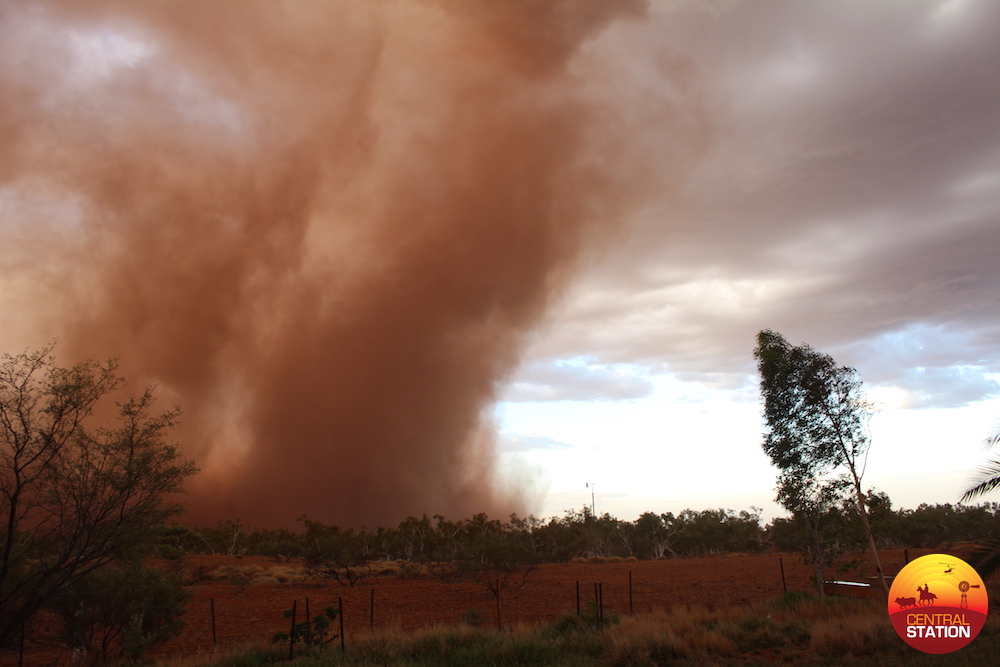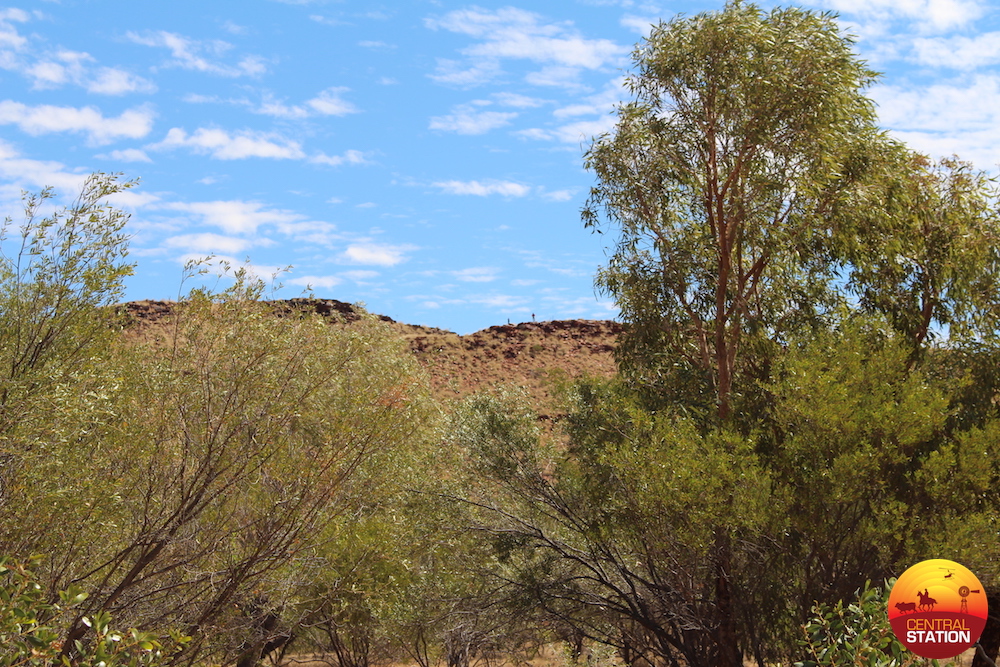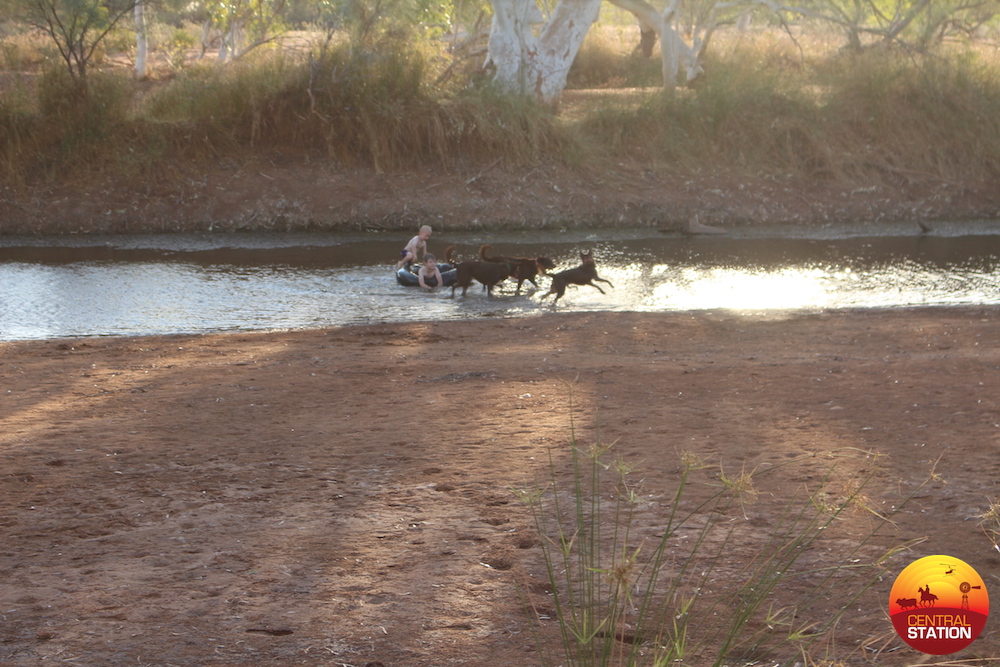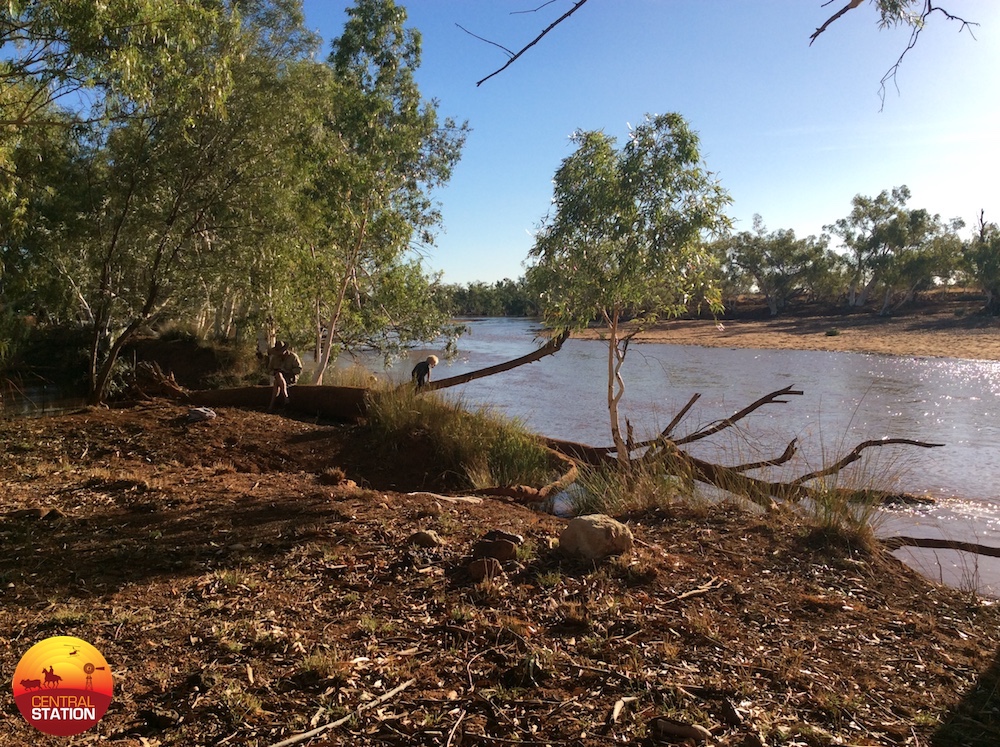The big move
Host: Country Downs Station
Written by Nikki Elizovech, Station owner/manager
Yesterday I told you all that we made a temporary move to the Pilbara for 2017, but what I didn’t mention was where exactly that was. At the end of February 2017, we uprooted the family, packed up half a house, half a workshop, 3 dogs, 2 cats (yes….. you did read correctly!), 13 chicks, 2 hens, a rooster and a bag full of guppies and we drove in a convey ~1200km South to the lower reaches of the Pilbara to a station called Emu Creek Station. This first part of our adventure took 3 days and consisted of 1 truck, 4 x light vehicles, 1 x trailer and a caravan! To say we received a few odd glances is a bit of an understatement! When pulling up to stretch and water everyone it was a bit of a sight to see and hear. Cats meowing, chicks cheeping, hens clucking and a rooster crowing tends to attract a bit of attention really! The funniest thing I can remember is Samara telling me that she had to turn her music down a bit during the drive to listen to a strange sound… it was the rooster crowing in the tray of her vehicle! Apparently, roosters like to crow whilst driving at 100km/hr… maybe it was the joy of feeling the wind in his comb??
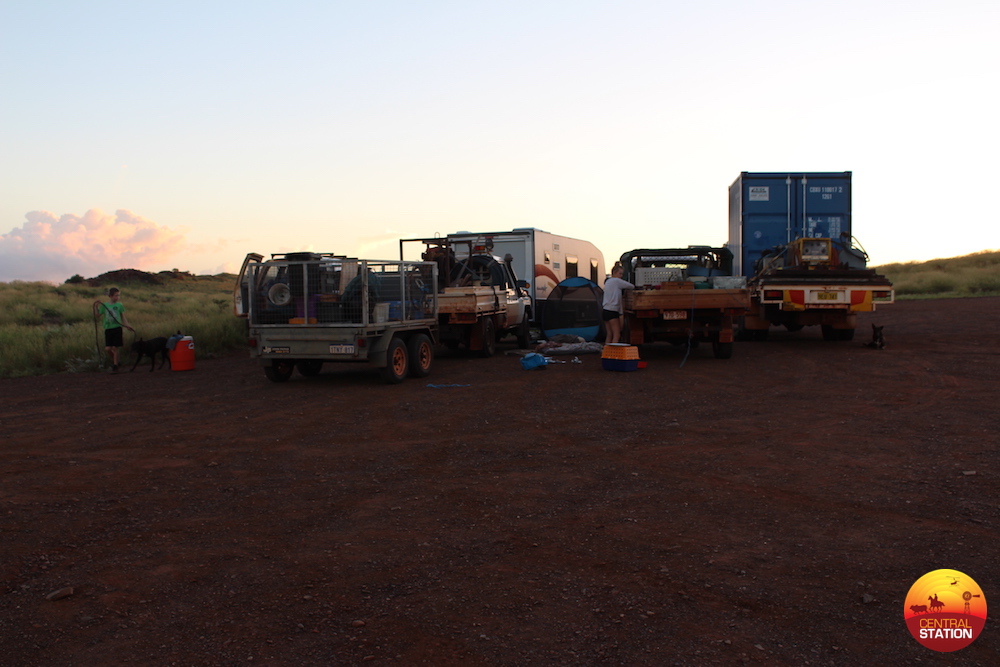 Our overnight camp set up on the trip from Country Downs to Emu Creek.
Our overnight camp set up on the trip from Country Downs to Emu Creek.
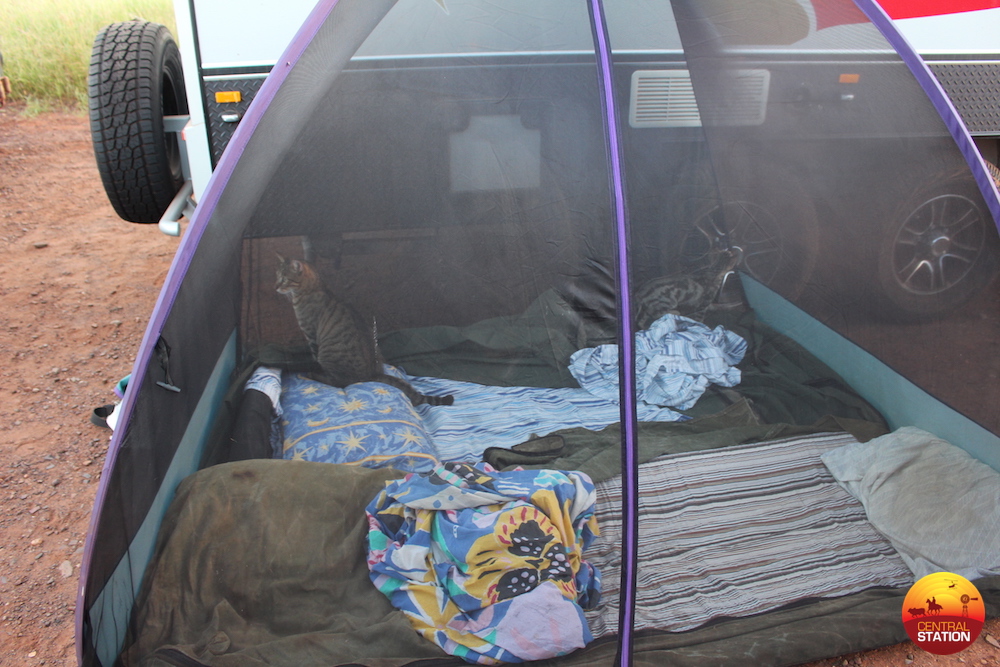
As a bit of an introduction, Emu Creek Station was previously called Nyang and Wogoola before that. The homestead is a mere couple of hundred metres from the river that passes all the way through the station from its northern boundary to its southern boundary. It is picturesque and beautiful to behold, but also so dry and desolate at times due to the climatic region in which it sits. Emu Creek is steeped in more than 100 years of history and has a 12-stand shearing shed that processed more than 20,000 sheep in a season at it’s peak in the 1950’s. The station was initially a sheep station, as most were in those parts when established and during the wool boom, like many other stations in the area, more sheep were run on the country than was sustainable for the land systems and resulted in severe degradation of the land in many areas of the property. Sheep were slowly fazed out and by 2001, the change over to cattle production had occurred. Since then, much of the degraded areas have made a slow start in rehabilitation which we were eager to enhance and propel forward with some of the more traditional means and using our new knowledge in ecosystem management that we introduced you to in last year’s blogs.
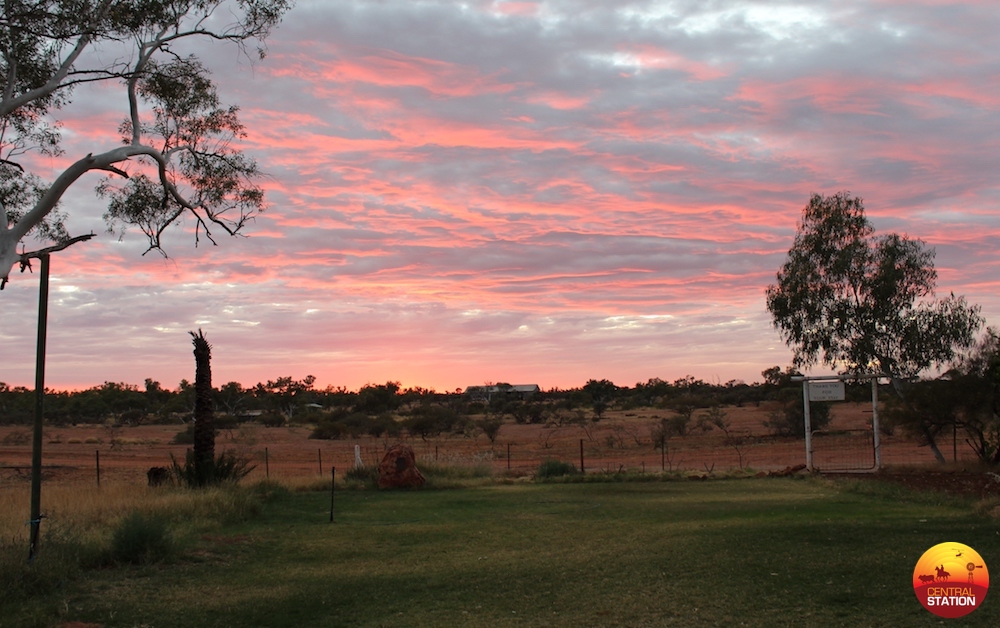
We arrived to what was to be our new home for the year and we were eager to check it all out. Once again, without the help and volunteering of friends and family, we would not have been able to do many of the things that we did during that year. Initially, the workload was a little overwhelming! Many of the windmills were in dire need of repair and/or replacement. The unreliability of the water supply was something that we had to learn very quickly as we had never come across water quality or supply issues at Country Downs. So much of Emu Creek was so vastly different to what we were used to, and it was a massive learning curve for us in the 12-month period. Little things like land types/systems and their functionality/productivity, the use of windmills to deliver water to livestock, use of tank of troughs rather than dams due to potential issues with water quality, different livestock behaviours due to their experiences and genetic adaptations over generations and how we could manage that were only some of the things that we had to learn about.
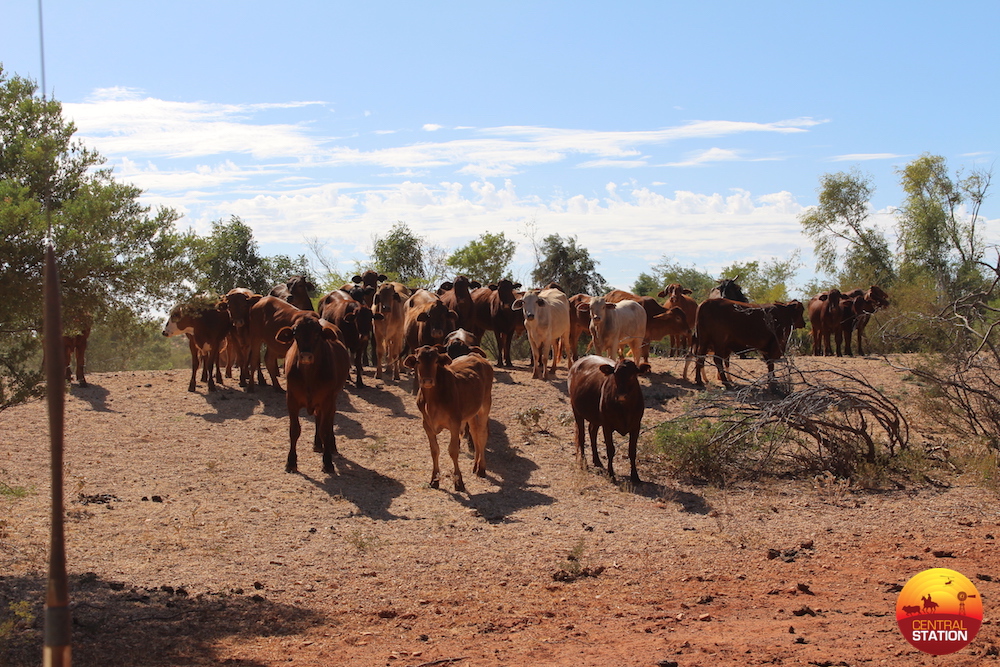
After about a month into our tenancy and after repairing the same windmills over and over and over again I can, without a doubt, say that I really don’t like windmills! Part of our action plan was to replace the mills in the worst disrepair with solar pumps. We ended up decommissioning 6 windmills and replacing them with solar pumps.
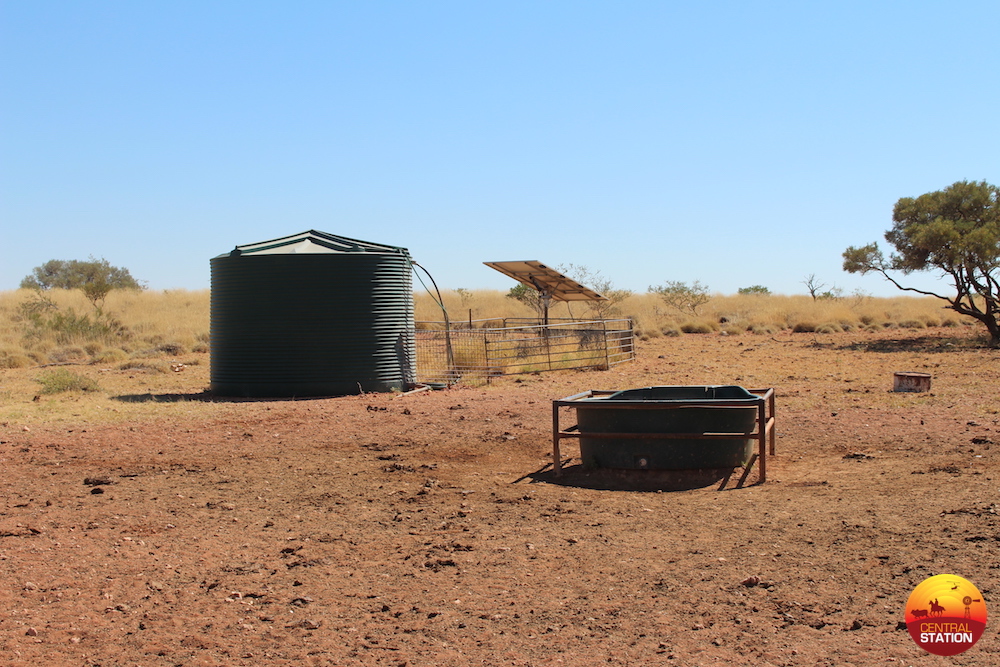
The main challenges to us were learning about how different the plants and animals are and how different their functionality and productivity from those further in the north. Even though the area is considered ‘drought’ country and the annual rainfall averages around the 300mm mark with the last few years getting far less than that, the quality of the cattle is impeccable. This is because the soil is so nutrient rich that the plants have a very high nutritional value compared to the same plants on Country Downs and as such the cattle have a very high quality and nutritionally balanced diet, so are in fabulous condition even though many areas don’t look like they would support the number of cattle that graze on them. Another facet that we had not experienced at Country Downs was the genetic adaptation to the country that the livestock had developed. Having had many generations of good quality genetics being produced on the property, it meant that the livestock here had well and truly adapted to the environmental conditions and is another reason they do so well when we look around and wonder ‘what are they actually eating?’. The simple fact is that over the generations, the breeder herd has learnt what plants to eat, when and how much and where they can find them. All this learned behaviour is passed on down to the calves and those incorporated back into the herd (e.g. breeder bulls and heifers) not only know these things inherently but will also learn more new things and pass that knowledge down to their progeny. It is basically evolution occurring. This is occurring on Country Downs too, the difference being that we have started all of this and we are still at the first generation F1 genetics that need to become environmentally adapted. We still have at least 4-5 generations to go before we start seeing those results on a ‘whole herd’ level.
So, Emu Creek Station became our home for 2017 and we got so much out of it. A wonderful, close-knit community that welcomed us, a beautiful, productive country that wowed us many times over with its robustness, wildlife and random acts of climatic events and our heads full of new perspectives and knowledge! The Pilbara and Gascoyne areas encompass some of the most resilient people I can think of and it was an absolute pleasure and privilege to get to experience the life and hardships that come with having property that sometimes don’t see rain for many seasons. It was certainly an experience that our whole family enjoyed thoroughly, even if only for a year.
Tomorrow we will tell you a little about some of the rehab work and the new and innovative techniques, strategies and technology that is helping us to be better, more efficient managers of our landscape. But I will leave you today with a few of the memories that we made and have of our time at Emu Creek.
